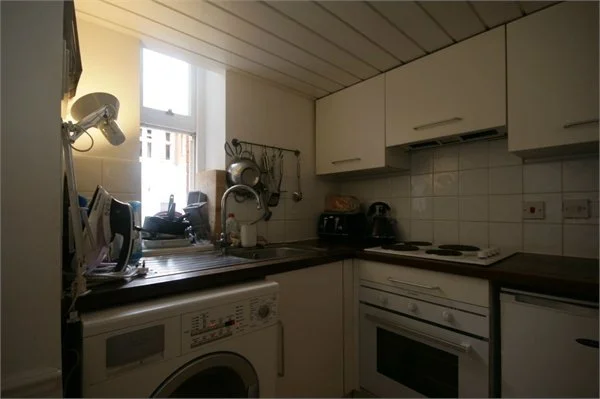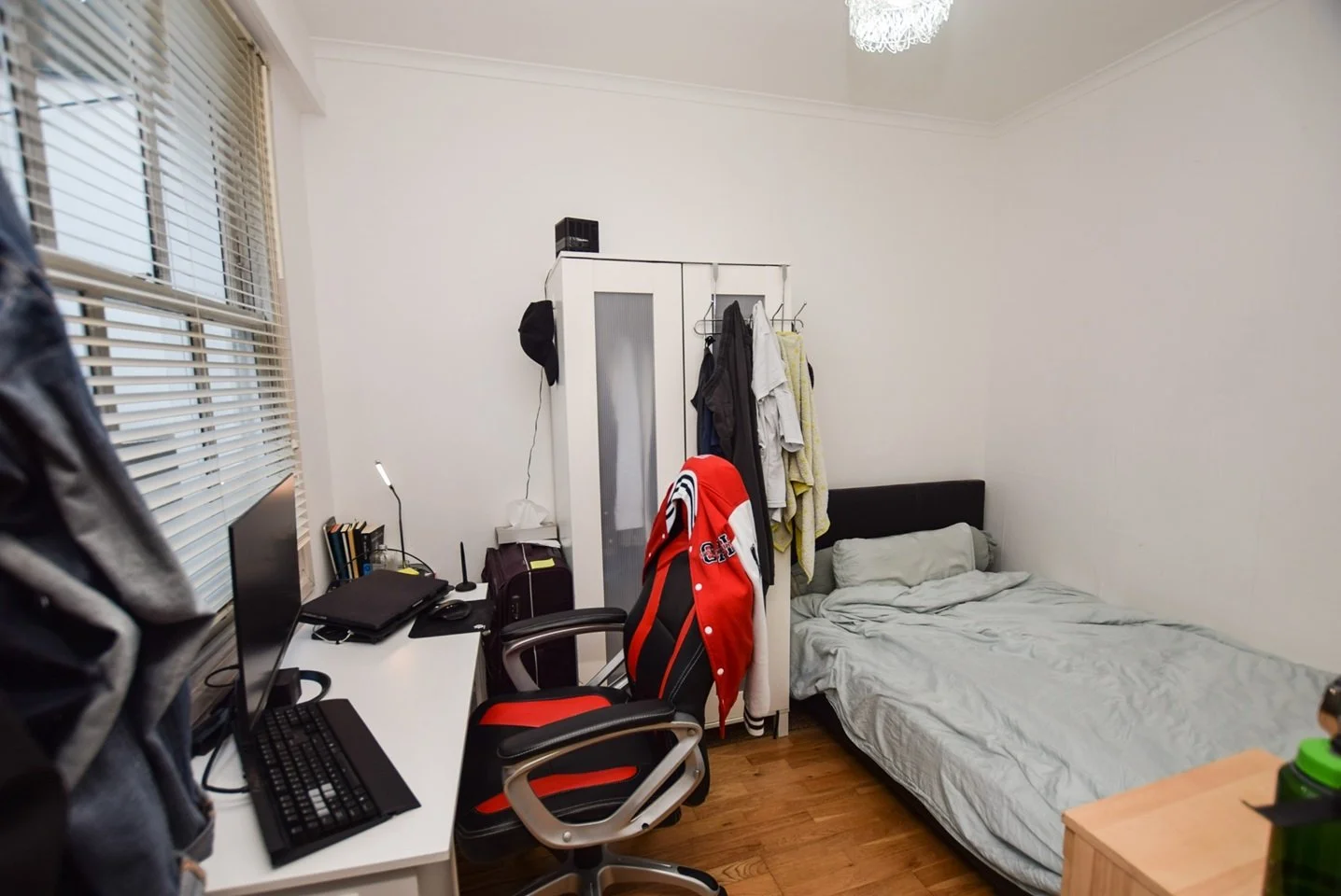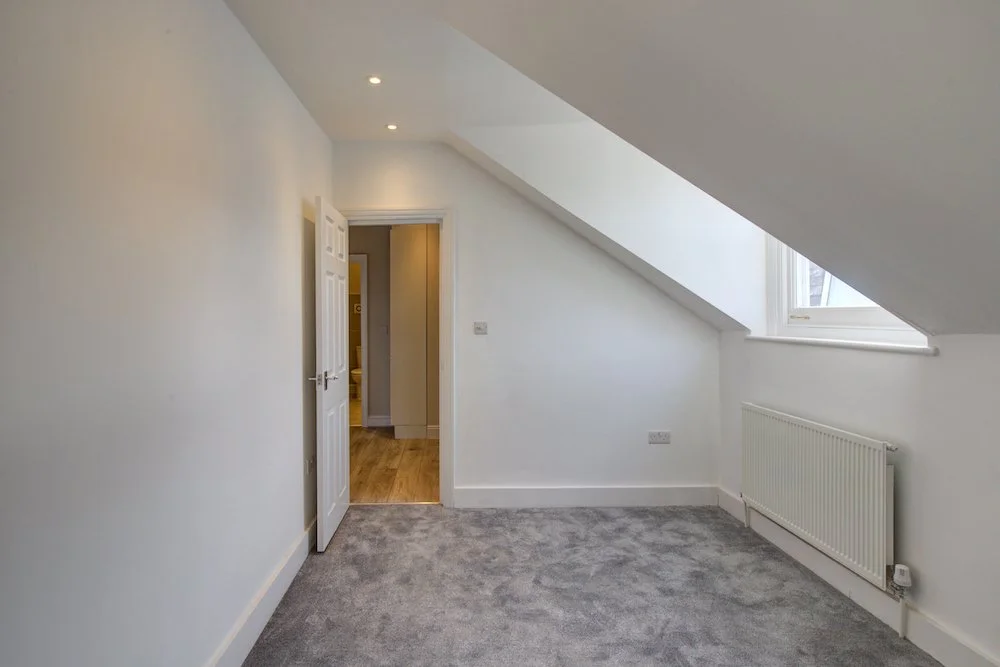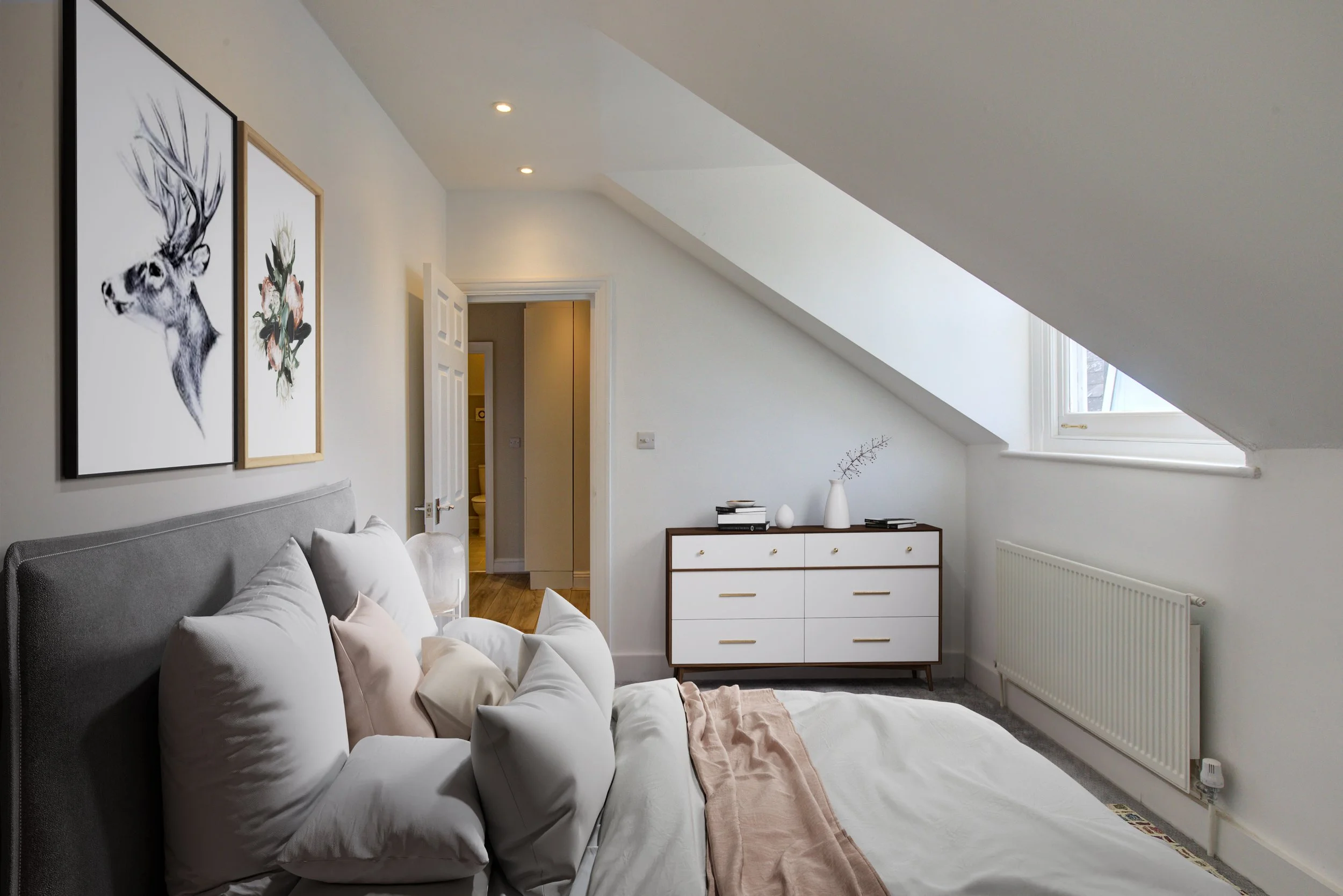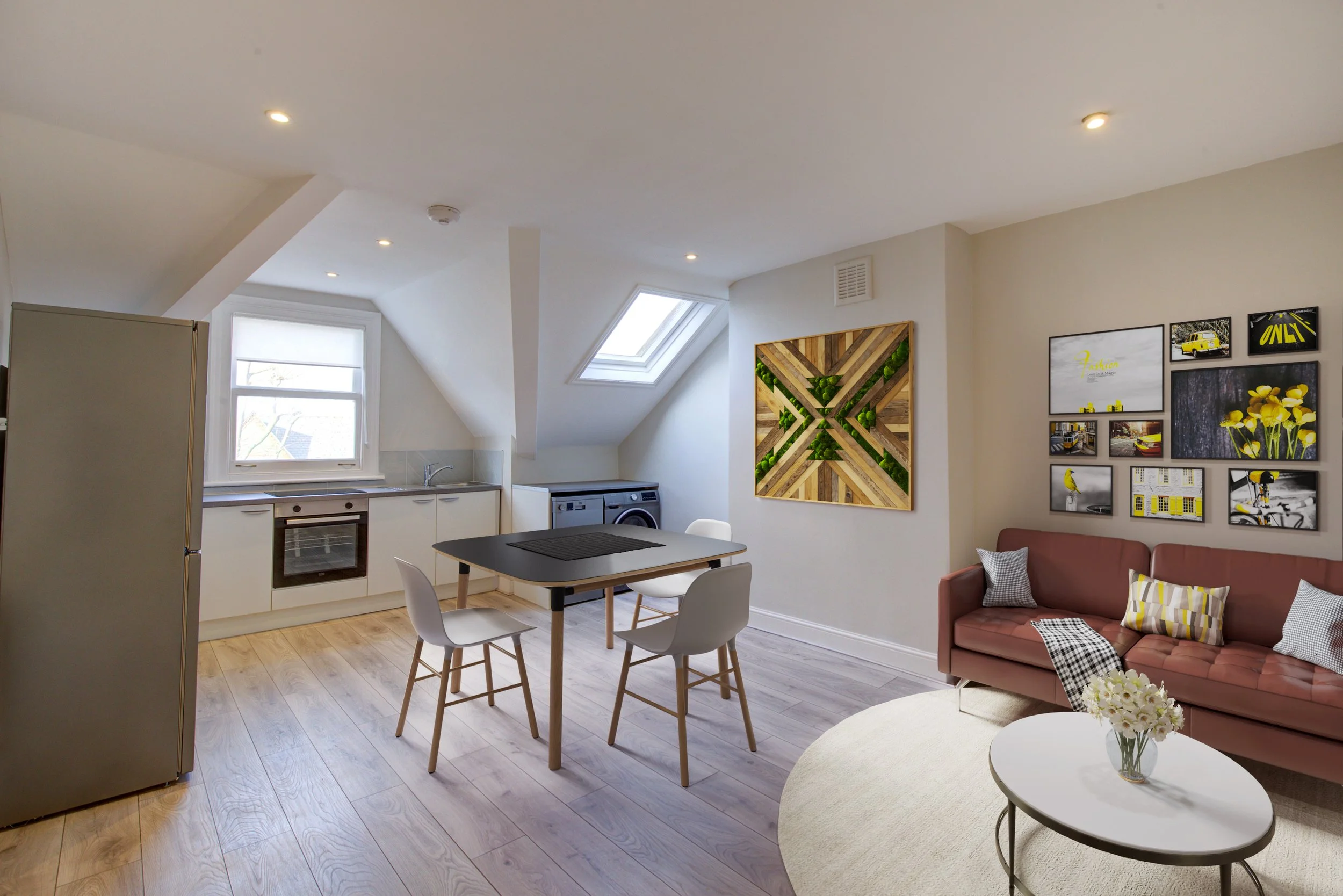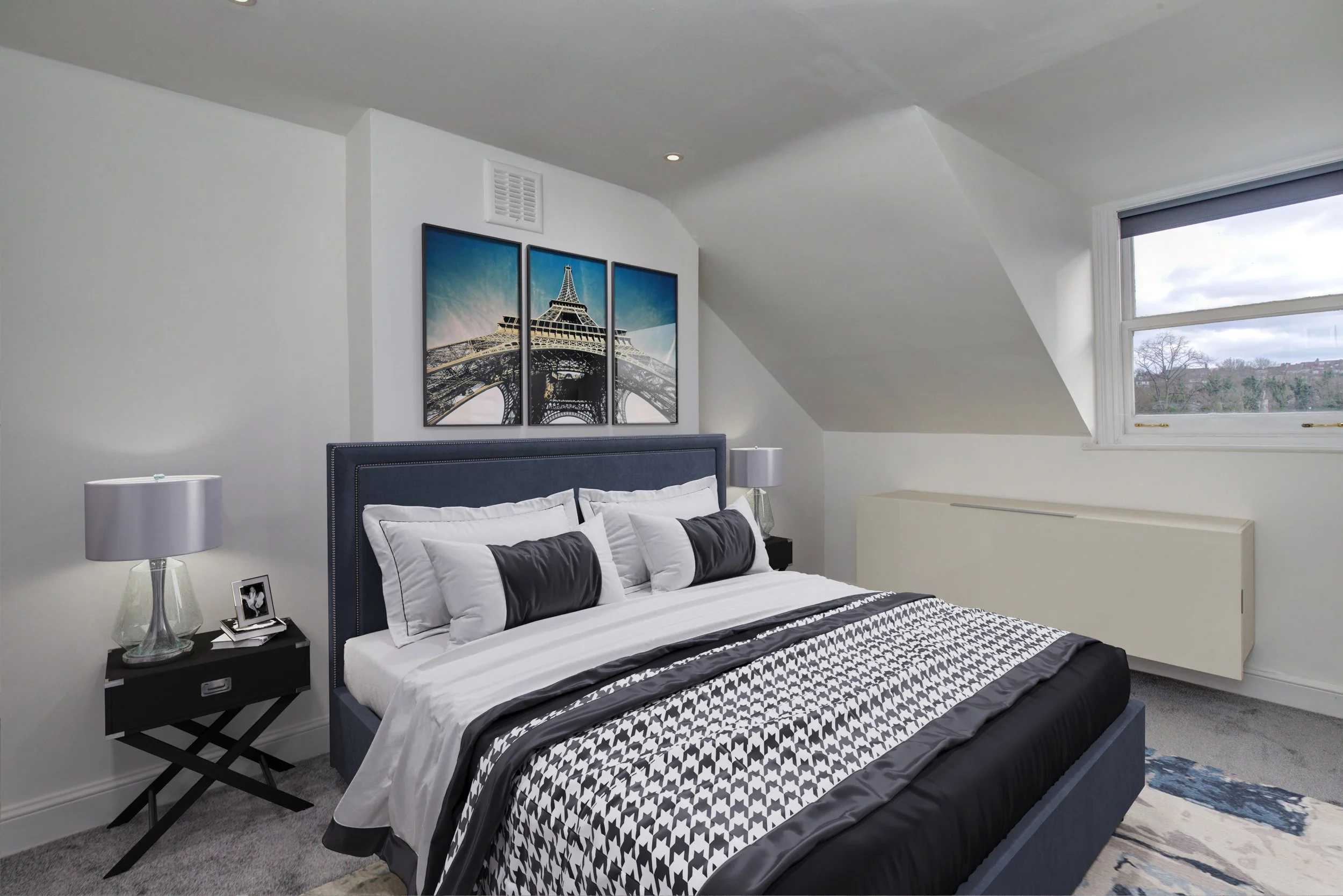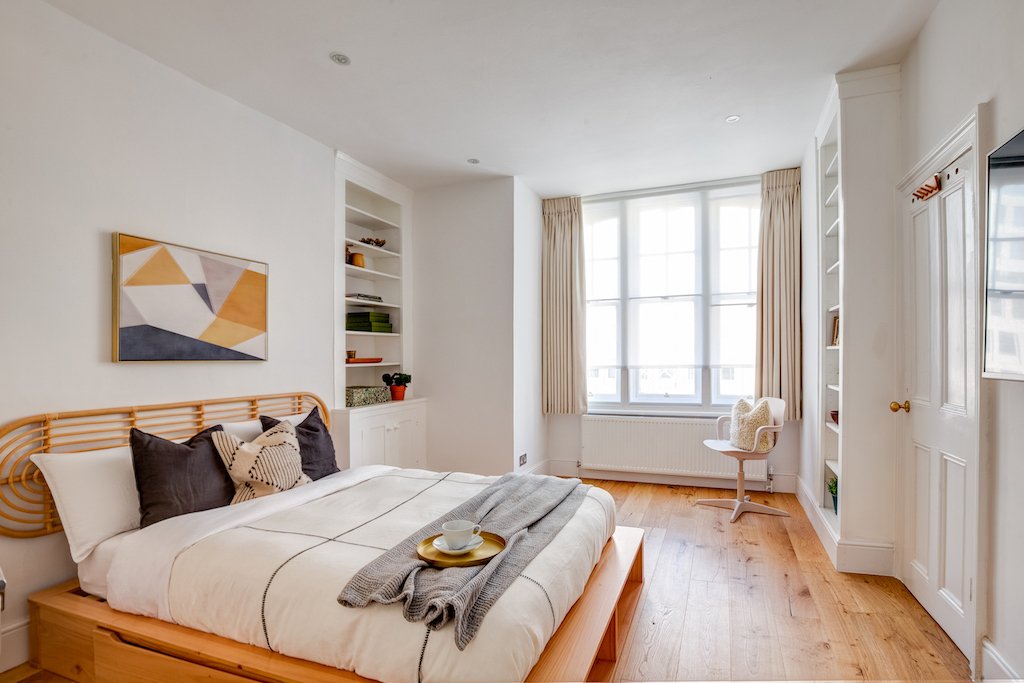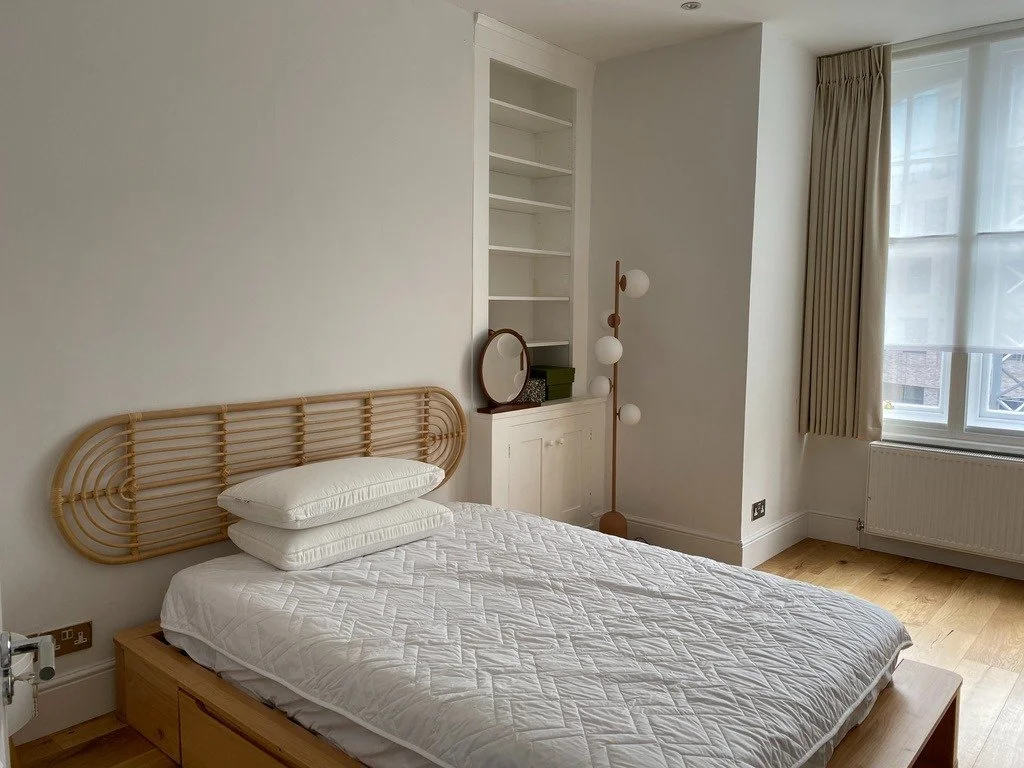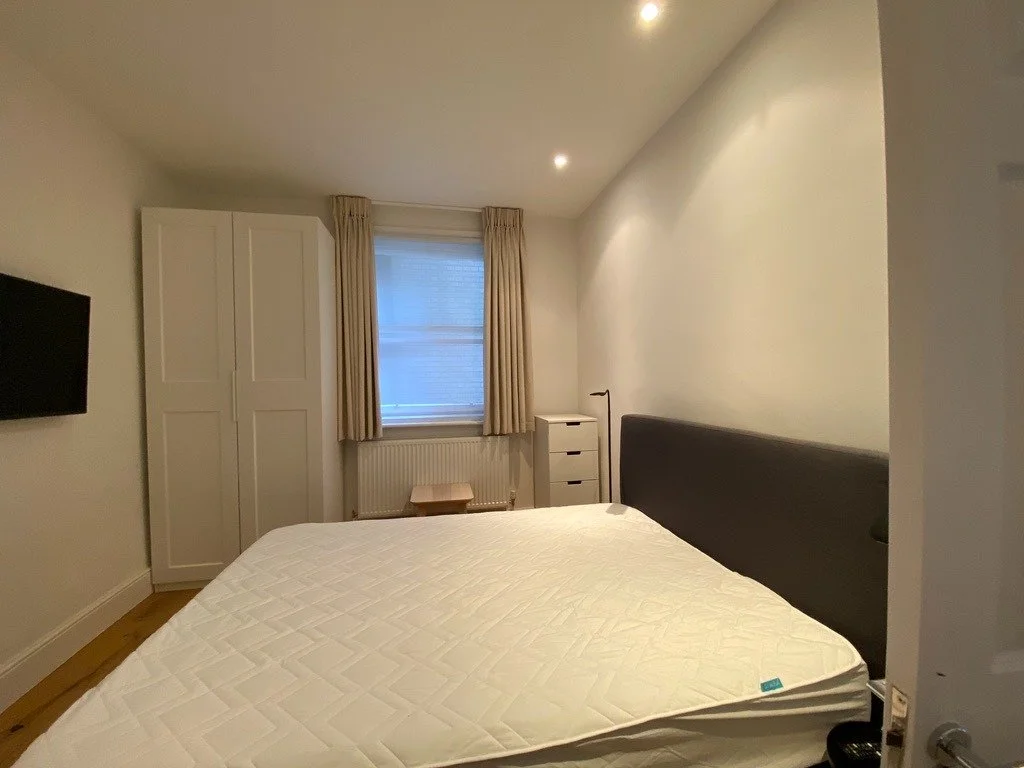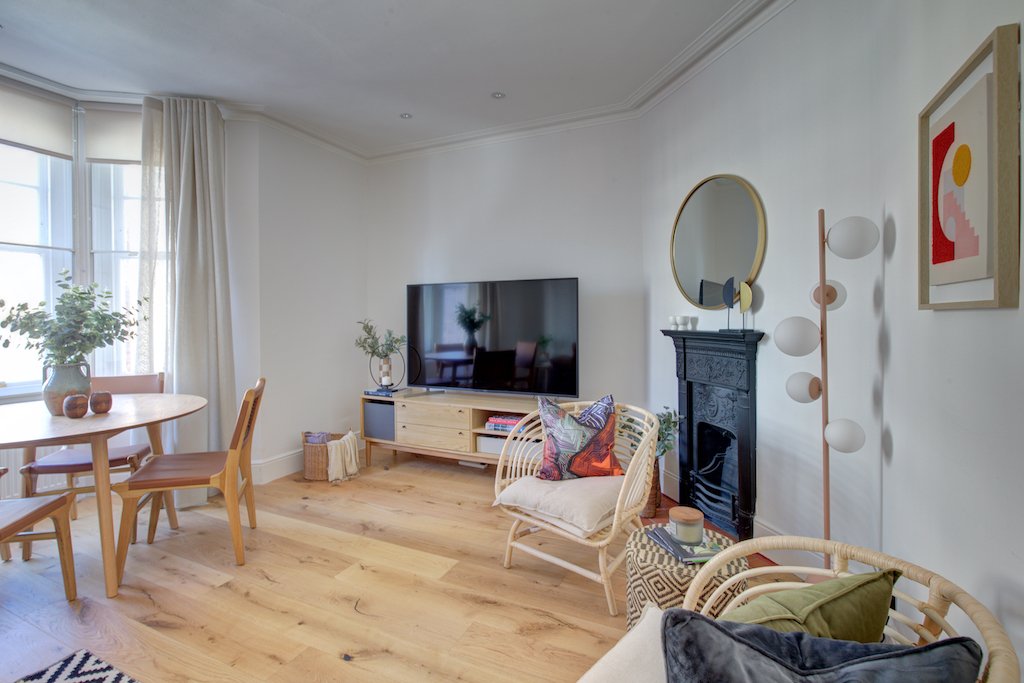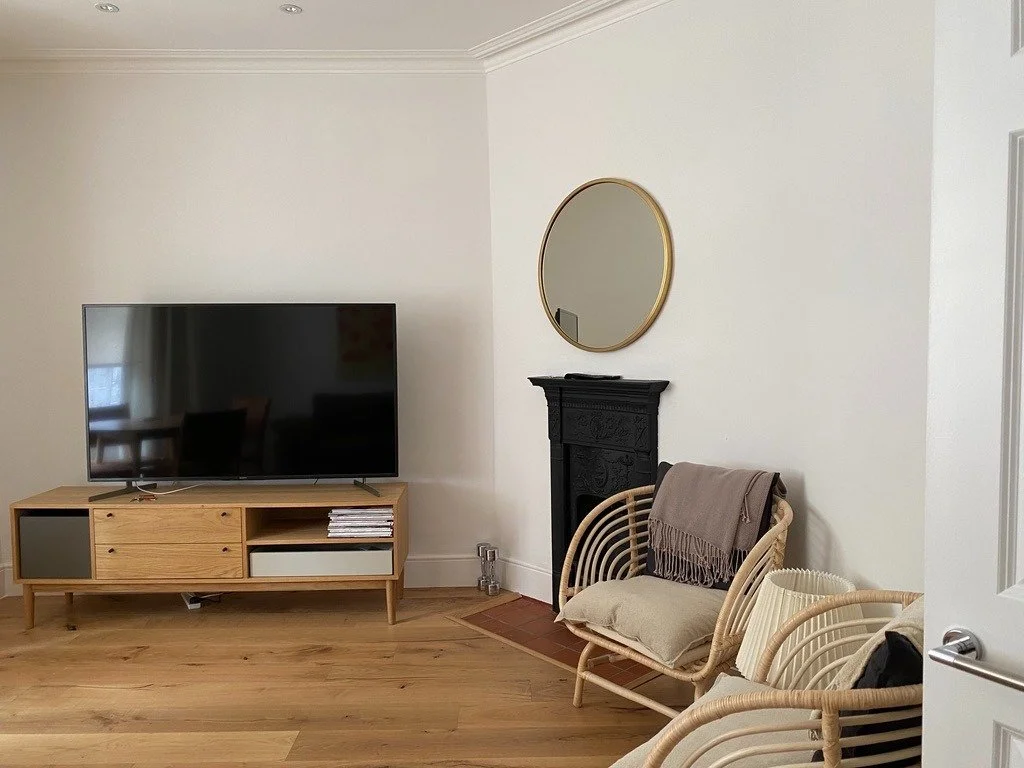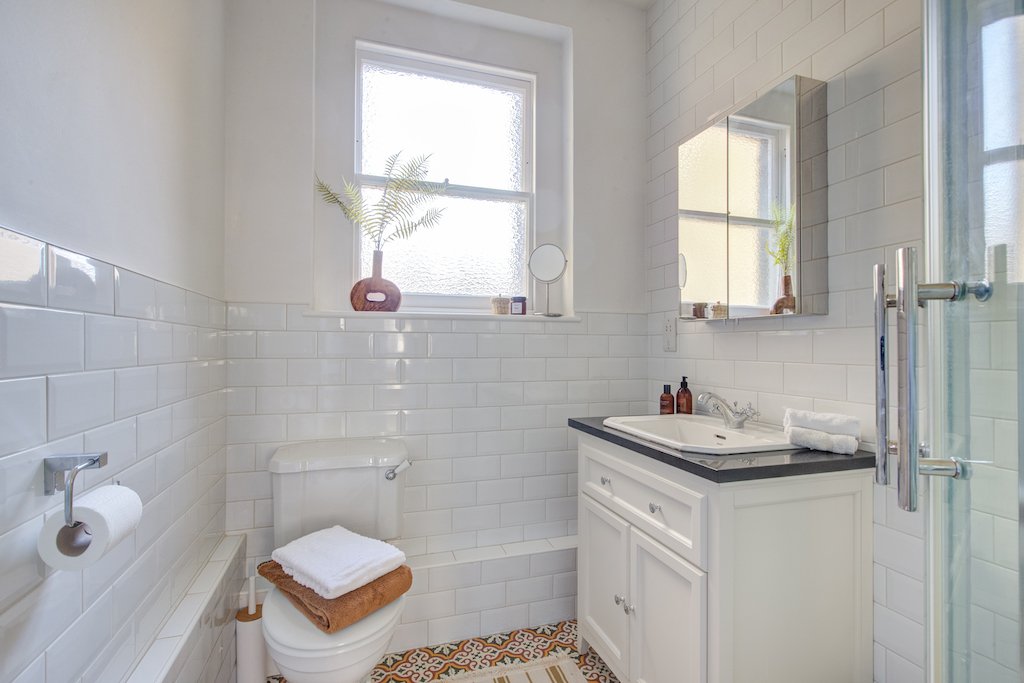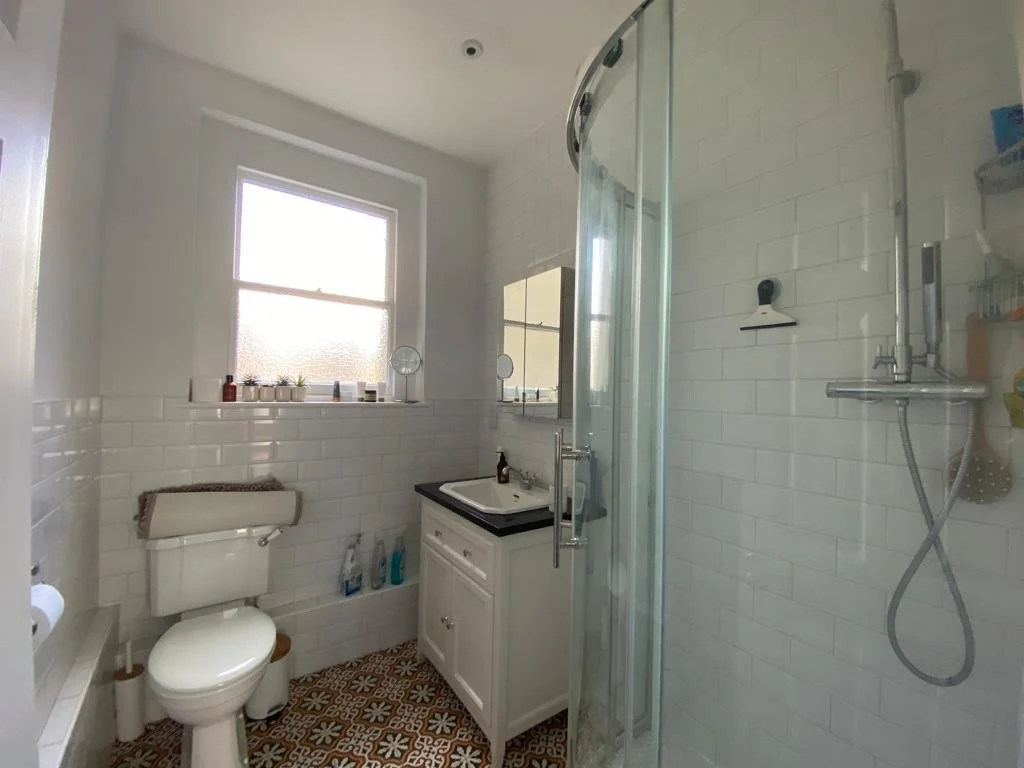Top Tips for Spot On Property Photography
/Property photos are far and away the most important asset in marketing a property in both the sales and lettings markets. Good images show a property truthfully and also in the best possible light (pun intended). Whilst post-production can tweak/magic/erase a few wrinkles (like turning a wintery grey sky blue or even vamoosing a neighbour’s unsightly bin), it is far simpler to start with good images than to try to correct them after the fact. And the uncomfortable truth is that with only one chance to make a first impression, you don’t want to give the people viewing your property any reason to swipe left - and they can be a fickle crowd.
To give your place the best chance to truly shine in the photos, bear these top tips in mind…
• Put the toilet seat down: Toilets come with seats for a reason - so that they can be put down in property photographs! Joking aside, this is probably the most common faux-pas in property photos and it is such a quick and easy fix. Distracting to some buyers and downright off-putting to others, having a toilet seat up automatically makes your photos look less polished. By putting the seat down, you’re not triggering those who are bothered by it and those who don’t care will never even notice. #win-win
• No selfies please: Property photos are not the place to play Where’s Wally - as much as we love a good round of ‘spot the photographer’ in reflective surfaces. Particularly in bathrooms, it can be a challenge to position a camera to capture the room without also capturing the camera - and the photographer. Good property photographers are experienced in their camera placement and have software to magically erase any stray body parts, if necessary.
• Spruce me up: We’ve shared previously about the amazing results that an interior designer or home stylist can produce, however you need not commit to a total overhaul. Give your home a critical eye. Are there obvious areas where a pot of paint would do a world of good? Can you employ some pops of colour through cushions or a decorative throw to inject some life and catch focus? Plants are a quick and easy way to make spaces more attractive and are very on trend.
• Take a knee: Another very common feature in property photography is the downward sloping angle. Resulting from taking photos from too high an angle or even from a top corner of a room in order to capture as much as possible, it results in odd-looking images that aren’t pleasing to the eye. It’s far better to take more than one image instead to capture the entirety of a space.
With just a few tweaks, these images could show off the property to much better effect.
• Lighting, lighting, lighting: It cannot be overstated that lighting is critical in showing your property to best advantage - so much so that at Maplewood we deliberately schedule photography sessions for brighter days! Internal lighting is so often from overhead sources that can add odd shadows and unflattering colouration. Over-saturated photos, where too much light occurs, can wash out images or make it difficult to see details - and beware images that are overly filtered in post-production to cover up dark rooms! As much as possible, ensure that natural lighting is finding a way into your rooms and pay attention to window dressings.
• Beware room stretch: Professional property photographers have wonderful equipment that allows them to capture far more of the edges of a space than a conventional lens. Beware of images that take this to the extreme though - some agents use photographers who use ‘fish eye lens’ or panoramic views such that the rooms wind up looking wonderfully large but oddly stretched. The result is that on viewings, potential tenants and buyers are expecting much roomier spaces than exist in reality - a waste of everyone’s time.
• If DIY’ing it: Don’t – use a recommended estate agency! We pick up the cost for all photos and floor plans and many agents will too. If you must, use a tripod. This will only set you back around £20 but is worth the investment. With cameras in phones now being so advanced, it can be tempting to give it a go yourself. A tripod will ensure a clearer image and you can be more consistent in the angle and framing to ensure a consistent look. Don’t forget the basics though. Make sure your lens is thoroughly clean and that you’re shooting sufficiently high resolution to allow for clear images in both web and print marketing materials.
• De-clutter: It should go without saying that your property should be sparklingly clean before a photographer comes in (with the beds also made, properly), so our top tip is to Marie Kondo your heart out. Purge your rooms of the stuff of life before a photographer comes in. And we do mean ruthlessly. Try to see your rooms as they will show up on an image the size of your phone screen. Lots of ‘stuff’ makes it hard for the eye to settle and to properly assess the property rather than the stuff. The photos are an invitation to visit in person. Your stuff can stop people from taking you up on this. It is far better for a property to err on the side of too empty rather than over cluttered.
• Oh and Landscape… not Portrait! Simple.
And there you have it! Nine top tips that will have your property photos looking spot on. For more information on our services, don’t hesitate to get in touch!



